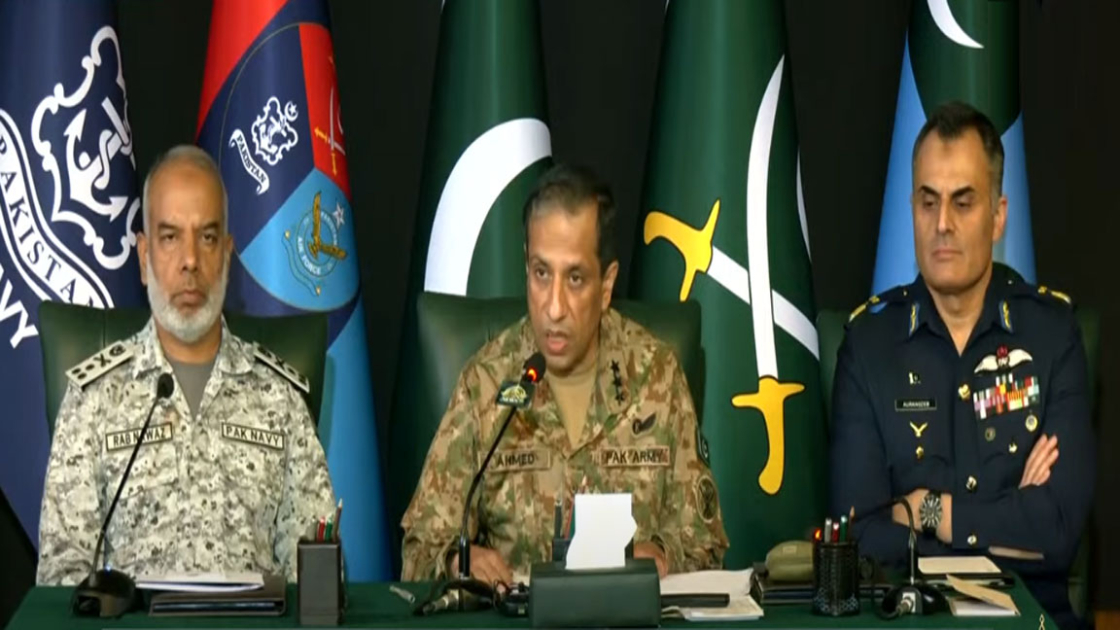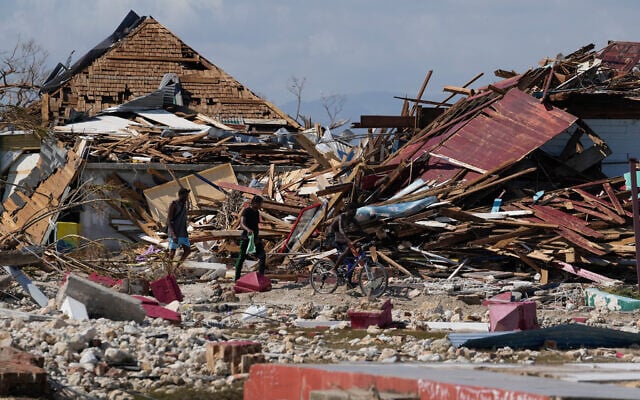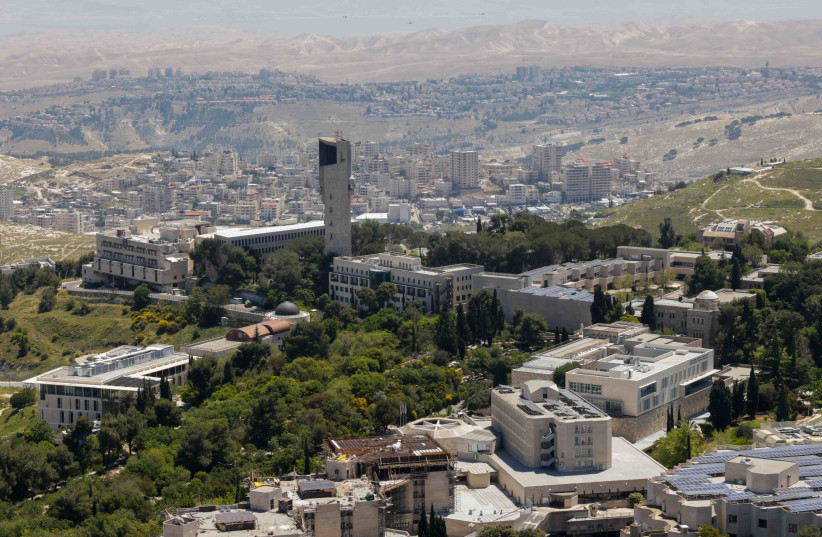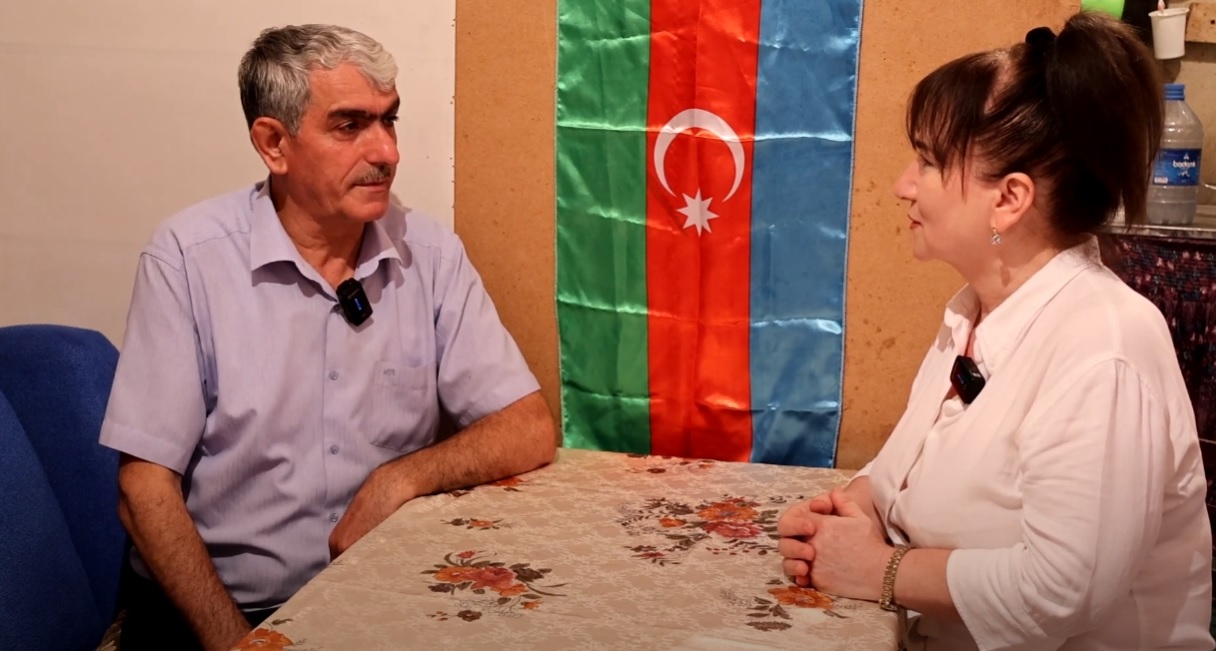Pakistan has stated that 26 Indian military targets in Indian Illegally Occupied Jammu and Kashmir (IIOJK) and mainland India were hit during “Operation Bunyan-un-Marsoos”. The country’s Armed Forces employed precision-guided long-range Fatah-1 and Fatah-2 missiles, precision munitions of the Pakistan Air Force (PAF), long-range loitering munitions, and precision long-range artillery.
Director General of Inter-Services Public Relations (ISPR), Lieutenant General Ahmed Sharif Chaudhry, addressed a press conference alongside Deputy Chief of Air Staff (Operations) Air Vice Marshal Aurangzeb Ahmed and Deputy Chief of Naval Staff (Operations) Vice Admiral Raja Rab Nawaz late last night. He shared details of “Operation Bunyan-un-Marsoos”, conducted in response to Indian military aggression which, according to Pakistan, resulted in the deaths of innocent civilians, including women and children, in Pakistan and Azad Jammu & Kashmir. He said the conflict has once again placed Kashmir at the center as a flashpoint that must be resolved.
General Chaudhry stated that the Armed Forces of Pakistan had fulfilled the promise made to the people in response to what he called India’s blatant and cowardly aggression. He confirmed that 26 military targets, as well as facilities used to attack Pakistani civilians and those involved in fomenting terrorism within Pakistan, were engaged in IIOJK and mainland India during the operation.
He said Pakistan had vowed to deliver justice for the Indian military’s reprehensible actions and the killing of civilians. “We bow our heads before Allah Almighty with utmost humility for enabling us to translate our resolve into decisive actions on the battlefield,” he added.
The DG ISPR clarified that Pakistan did not request a ceasefire. “The Indians made the request, while Pakistan clearly stated it would only respond after taking the necessary retaliatory actions. Following our response and at the request and intervention of international interlocutors, we replied to the previously made Indian request,” he said.
He stated that the targeted Indian sites included Air Force and aviation bases at Suratgarh, Sirsa, Nalia, Adampur, Bhatinda, Barnala, Halwara, Awantipura, Srinagar, Jammu, Udhampur, Mamoon, Ambala, and Pathankot — all of which sustained significant damage. BrahMos missile storage facilities at Beas and Nagrota, which he claimed had launched missiles into Pakistan killing civilians including children, were also destroyed. The S-400 system at Adampur was among the sites attacked by the Pakistan Air Force.
Under “Operation Bunyan-un-Marsoos,” dozens of Pakistani armed drones flew over major Indian cities and sensitive political and government installations — including the capital Delhi — from IIOJK to Gujarat. The DG ISPR said around 84 Indian drones were shot down. “We had promised that anything sent toward us would not return, and we kept that promise,” he asserted.
He noted that across the Line of Control, military elements including headquarters, logistics bases, artillery positions, and posts that caused civilian casualties in Azad Jammu & Kashmir through unprovoked fire were targeted and severely damaged until they raised a white flag and requested restraint. He also said facilities harboring and training proxy elements involved in terrorist acts within Pakistan were specifically identified and destroyed.
Air Vice Marshal Aurangzeb Ahmed said the PAF delivered a befitting response and neutralized key threats. He emphasized that Pakistan’s air defense system is a multi-layered structure designed to safeguard its airspace from aircraft, drones, and both ballistic and cruise missiles.
During the media briefing, Vice Admiral Raja Rab Nawaz stated that Pakistan successfully defended its maritime frontiers. He said the Navy promptly mobilized and deployed its fleet within hours, adding that the Navy remains fully prepared to counter any aggression from the sea.



















